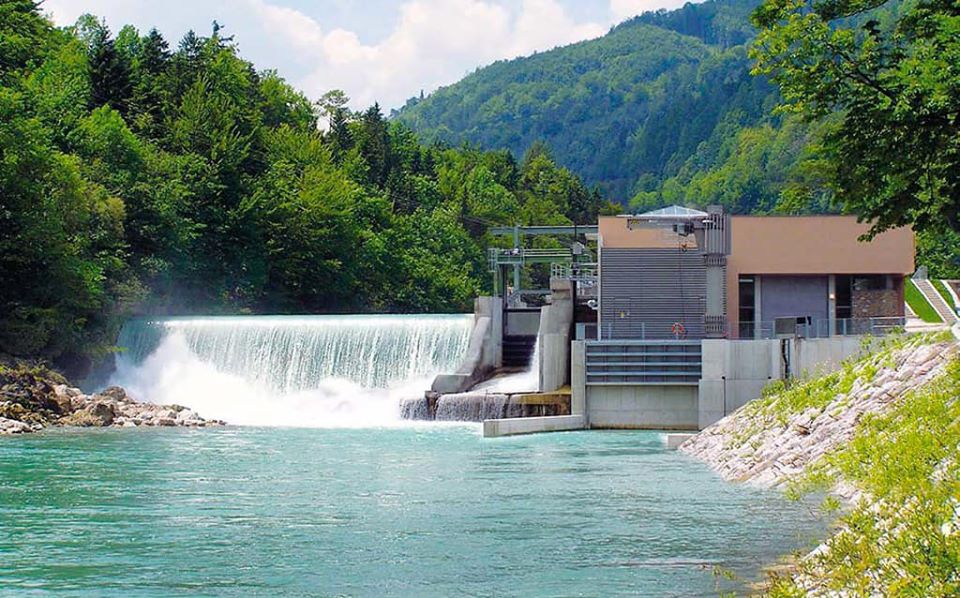There are no products in your shopping cart.
| 0 Items | £0.00 |


TEN of Nigeria's 29 power plants are currently lying idle because they are unable to sell the electricity they generate to transmission and distributions companies (Discos) resulting in more blackouts because of the reduced available wattage.
Nigeria has a chronic power supply as it can only generate about 7,000MW of electricity, out of which it can only distribute about 4,000MW. With the country needing about 50,000MW Nigeria suffers constant blackouts, which has led to it becoming the largest importer of small and medium sized generators.
Now, the problem appears to have developed another twist as total power generation in the country fell to 4,112.10MW on Monday from 4,354.7MW on Sunday, according to data from the Nigerian Electricity System Operator. This data showed that generation capacity of 2,126.5MW could not be utilised as a result of the distribution companies load rejection and gas constraints.
The idle plants were Afam IV &V, Alaoji, Olorunsogo II, Omotosho II, Ihovbor, Gbarain, AES, ASCO, Rivers IPP, and Egbin ST6. The Advisory Power Team in the Office of the Vice-President, said: “The power sector lost an estimated N972m on January 2, 2021 due to constraints from insufficient gas supply, distribution infrastructure and transmission infrastructure.”
According to the Nigerian Electricity Regulatory Commission, Discos would be liable to capacity charge for failure to take their entire load allocation caused by constraints in their networks. The government-owned Transmission Company of Nigeria (TCN), which manages the national grid, is responsible for the allocation of load to the Discos.
“Where it is established that the TCN is unable to deliver load allocation, the TCN shall be liable to pay for the associated capacity charge,” the NERC had said. In a related development, four agencies under the Federal Ministry of Power have budgeted a total of N20.45m for the fuelling and maintenance of generators in 2021.
Nigeria generates most of its electricity from gas-fired power plants, while output from hydropower plants account for about 30% of total generation. These hydropower plants are Kainji, Jebba, Shiroro and Dadin Kowa, which was connected to the grid last month.
According to the system operator, the nation’s installed generation capacity at 12,954.40MW, while available capacity at 7,652.60MW. Transmission wheeling capacity at 7,300MW and the peak generation ever attained is 5520.4MW.